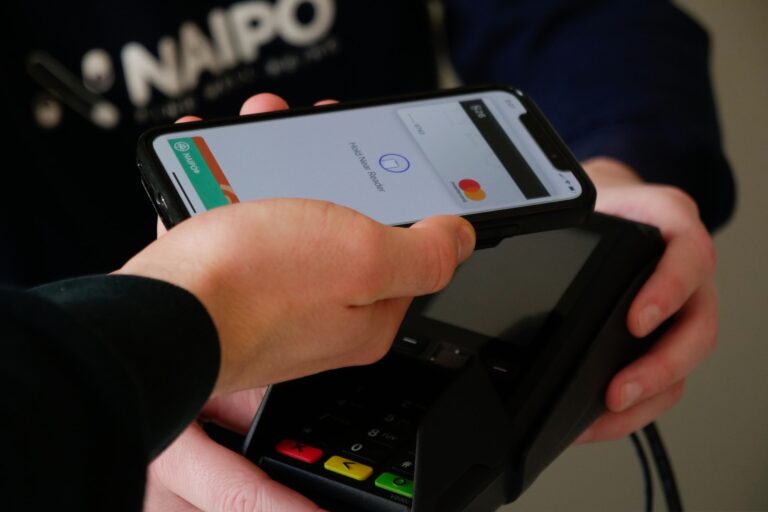The world of payment systems is rapidly evolving, and embedded payments are at the forefront of this revolution. Embedded payments provide a secure, seamless experience for customers and merchants alike, making it easier than ever to make digital payments. As more businesses and customers turn to digital payments, understanding what embedded payments are and how they work is becoming increasingly important.
After all, embedded payments are quickly becoming the new standard in payment systems, and it’s important for businesses to understand the benefits and implications of this new technology. In this article, we’ll explore what embedded payments are, what makes them so attractive, and how businesses can take advantage of this revolutionary new payment system.
What are Embedded Payments?
Embedded payments are a revolutionary new payment system quickly gaining traction among businesses and consumers alike. Embedded payments allow businesses to integrate payments directly into their website, app, or platform, making the checkout process faster and more seamless for customers. This new payment system is quickly becoming the preferred payment method for many businesses, and for good reasons.
What are the Advantages of Using Embedded Payments?
Here are just a few of the advantages of embedded payments:
- Increased Efficiency: Embedded payments are incredibly efficient, allowing customers to complete their purchases quickly and easily. This can help businesses save time and money as they no longer have to process payments manually.
- Improved Security: Embedded payments are much more secure than traditional methods of payment processing. By utilising tokenization, customer data is encrypted and stored securely in a token vault, meaning that customer data is never exposed during the payment process.
This greatly reduces the risk of customer data being stolen or misused. In addition, embedded payments allow businesses to be PCI compliant, meaning they have taken the necessary steps to ensure customer data is kept safe and secure. - Increased Customer Satisfaction: Embedded payments make the checkout process much simpler and more streamlined for customers. By allowing customers to complete the transaction within the same page, businesses can reduce the number of steps required to complete the purchase. This can help to reduce shopping cart abandonment and increase customer satisfaction.
- Reduced Costs: Embedded payments can help businesses save money on transaction fees. Since the payment processing is done directly through the website or application, businesses don’t have to pay additional fees to a third-party payment processor. This can help businesses save money on transaction fees and improve their bottom line.
- Increased Reach: Embedded payments can help businesses to expand their customer base, as customers are no longer limited to paying with a specific form of payment. By allowing customers to choose from a wide range of payment methods, businesses can make it easier for customers to complete the purchase.
The Bottom Line: The Importance of Understanding Embedded Payments and How to Maximize this Up-and-Coming Payment System
Embedded payments are becoming increasingly popular among businesses and consumers alike. With the right understanding and implementation, businesses can leverage the power of embedded payments to create a better payment experience for their customers.
At Kovena, we understand that integrating embedded payments into your business can be a daunting task. That’s why our team of experts is on hand to help you every step of the way. We can provide the necessary guidance and support to ensure you get the most out of our embedded payment solutions, so get in touch with us today to get started!


